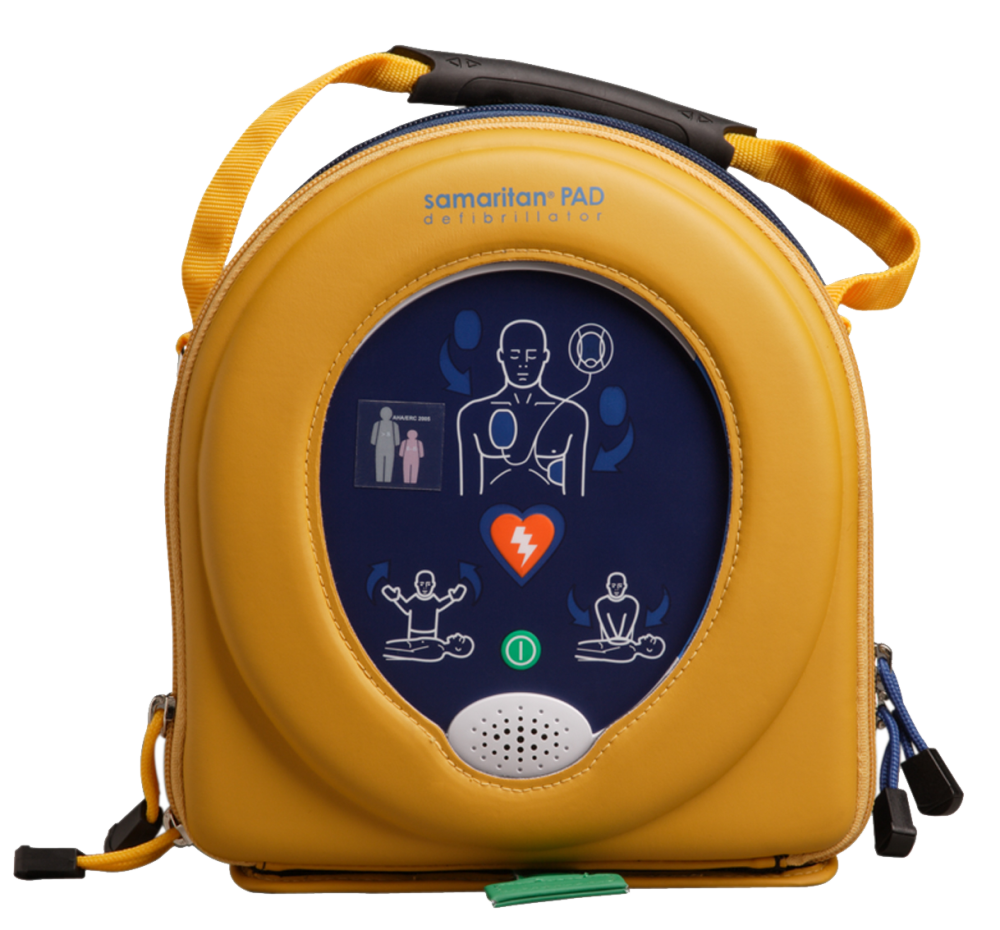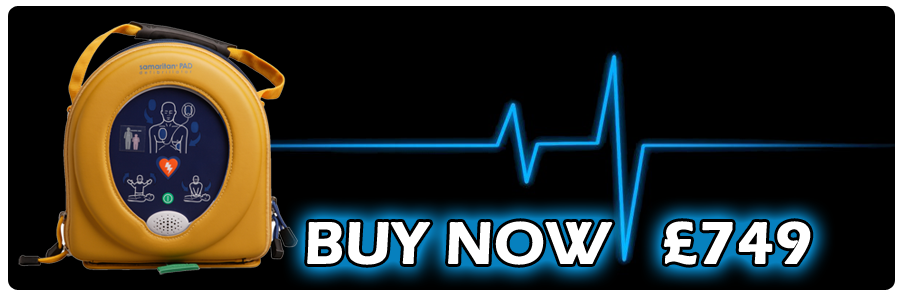When and how are they used?

In the UK approximately 60,000 people sustain cardiac arrest outside hospital and are treated by emergency medical services (EMS) each year. If defibrillation is delivered promptly, initial survival rates as high as 75% have been reported.
The chances of successful defibrillation decline at the rate of about 10-20% with each minute of delay.
It should be recognised however that CPR (combined chest compression and rescue breathing or chest compressions alone) will help maintain a shockable rhythm until a defibrillator arrives but is not a definitive treatment.
(Defibrillation is not however used in all cases of cardiac arrest, even if available immediately, an AED would not be of use in 25%-30% of heart disturbances caused by cardiac arrest, and CPR is the appropriate treatment)
CPR should be commenced in all cases of cardiac arrest and the AED applied. The AED will analyse the heart rhythm and will advise on whether defibrillation is necessary.
In just under a 1/3 of cases, defibrillation is not advised but CPR should continue.
Do we need one?
80% of cardiac arrests occur in the home, and of those in public places under 1% occur in a leisure facility or sports ground.
AEDs are easily used by lay people with some training, and it is recommended by bodies such as the Resuscitation Council UK, that they are of most value when placed in areas where there is a high incidence of cardiac arrest and where it’s difficult for an ambulance to get to quickly e.g rural areas, communities with poor road networks or traffic congestion and where large crowds gather.

When considering the purchase of an AED consideration must be given to the cost for ongoing maintenance and regular training of users. The general consensus among experts is that refresher training should occur every 6 to 12 months.
UK Heart Charities collectively have supplied more than 8000 defibrillators in community settings but still advocate that:
“It would be better if more people were trained in CPR, which buys time before defibrillation.”

